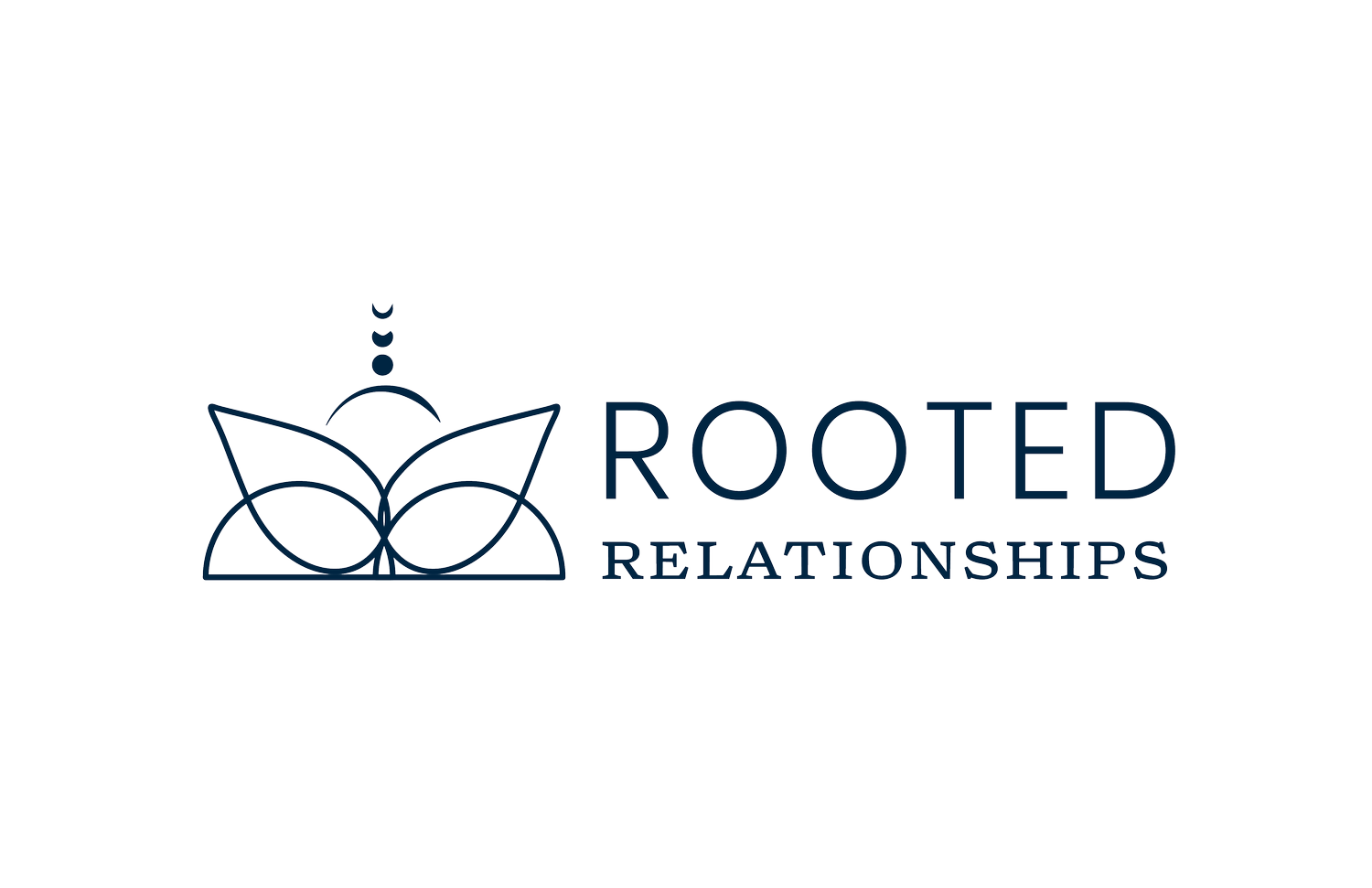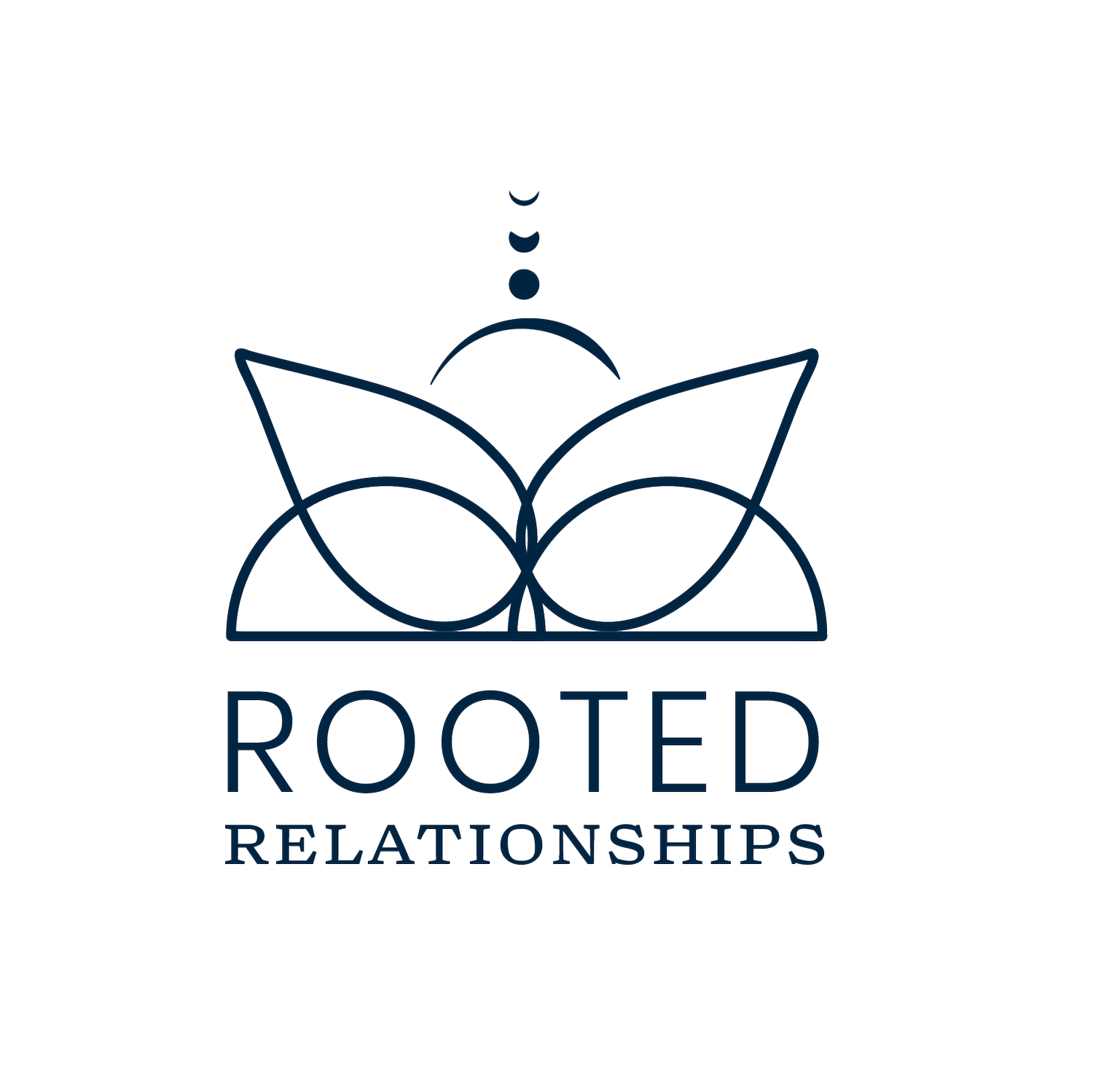The Dance of Cultivating Inter-dependence
In personal and professional relationships, the balance between dependence and independence is essential for nurturing a thriving interdependent environment. This article delves into this relationship dynamic, exploring how Emotionally Focused Therapy and System-Centered Theory enrich our understanding of these concepts and illuminate a path towards satisfying, interdependent relationships.
First, let's define what I mean when I say "dependent parts" and "independent parts." Dependent parts refer to those aspects of ourselves within a relationship that rely heavily on one another for support, stability, and functionality. These are parts of ourselves that we were born with: the need to know that we matter, the need for help, the need for protection, to name a few. In contrast, independent parts exhibit self-sufficiency, demonstrating the ability to function autonomously without requiring support or validation from others. For example, being able to voice your opinion without needing agreement, or claiming a skill you are good at, or accepting parts of ourselves we might have had shame about in the past. We all have dependent parts, and the possibility of developing independent parts.
I stand by my belief that to be in satisfying relationships, we need to develop the ability to hold onto ourselves. This means, we need to cultivate those independent parts, but not at the expense of having access to our dependent needs as well! When we have a balance of these two types of parts within ourselves, we are able to reach for what we need while trusting ourselves, and contribute to our relational development.This is interdependence. By understanding dependent and independent parts, we can show up in our relationships able to maximize the strengths of both people, fostering relationships rooted in mutual respect and cooperation, as well as creating relationships that continue evolving.
Emotionally Focused Therapy (EFT) underscores the fundamental human need for connection, illustrating how our emotional bonds significantly shape our interpersonal relationships. This therapeutic approach posits that secure attachments can alleviate feelings of anxiety and isolation, highlighting the importance of being able to depend on others for emotional support. In this therapeutic process, individuals are encouraged to express their vulnerabilities and seek closeness with partners or loved ones, helping each see the value of dependency. By fostering this deeper connection, couples learn that our emotional dependencies are natural and essential for personal growth and healing. This helps us appreciate the interconnectedness of our existence and the profound impact that being able to depend on another has on our lives.
In my own marriage, I spent many years longing for a deeper connection and relationship. I was attempting to get my dependency needs met in dysfunctional ways. I would take things my husband said as a personal attack (not feeling secure that I mattered), and often felt that my husband wasn’t thinking of me, wanting him to plan more dates and get me little gifts (my attempts at solving a deeper longing). I was consistently asking to be met more and more, wanting him to say and do things just right for me, never satisfied. Once I began to recognize my dependency needs clearly, and learn to express them more directly, my husband was better able to attempt to meet those needs.
Now let’s shift to independence . . . System-Centered Theory emphasizes the importance of autonomy and self-regulation in relationships. This theory suggests that independence allows individuals to express their unique perspectives and skills, thereby enriching collaborative efforts. When individuals are able to express themselves, to hold onto themselves especially in moments of challenge and difference, the relational space becomes a fertile ground for evolution and growth.
I have learned to do this not only in my marriage, but also in the therapy groups that I have been a part of for many years. It’s a dance of noticing my dependency needs, and at times finding out if I can get them met; while other times, I explore not reaching for those needs to be met by others, or possibly the other isn’t able, and I stay with myself with compassion, clarity and curiosity. The feelings of empowerment I experience while working these two parts of myself echo the sentiments expressed in System-Centered Theory, affirming the necessity of self-reliance in building effective partnerships.
In order to really lean into our independence from a centered and healthy place, not a place of wounding or protection, we must embrace our dependent parts, and develop healthy independence. Interdependence is when we have developed both parts of ourselves and can choose which we are going to rely on at any given moment.
Interdependence, in how I view it, is defined as our ability to move freely between relying on others and relying on ourselves. In a marriage we might see this in the ways each partner is able to express their ideas, desires and experiences without fearing their source of dependency will be threatened.
In this discussion I would be remiss not to speak on codependency. I know many of you are curious about this topic and even have identified codependent patterns within yourself and your own relationships.
Codependence is a complex condition characterized by an excessive reliance on another person for our own emotional stability. In other words, all dependent parts with underdeveloped independent parts!
Codependency often manifests as an attempt to control the experiences of ourselves or others, leading to a dynamic where individual needs and desires become overshadowed by the need to maintain the relationship. When we are in codependent patterns, we may feel responsible for others' feelings and experiences, resulting in a cycle of dependence that can foster resentment and hinder personal growth and expression. This control can manifest in various ways, such as enabling unhealthy behaviors, not speaking up with our own desires, or not even being aware of our own needs.
In contrast, interdependent relationships are built on a foundation of mutual respect and healthy dependency. Unlike codependency, where one partner may feel the need to control or change themselves or the other, interdependence thrives on respectful individualism without compromising each persons’ needs for connection.
Partners in interdependent relationships recognize their own needs while valuing their partner's autonomy. The key difference between interdependent and codependent lies in the experience of being both dependent and independent, which enhances both partners' emotional wellbeing, as opposed to the imbalance of codependency that often feels more like there is only room for one person or one person’s needs at a time.
As we zoom out, we see that the journey towards interdependence begins by acknowledging that our dependency needs are not a problem and independence is not an endpoint. It might be tempting to move away from the pain of unmet dependency needs, and over rely on our independent parts.
Instead, by cultivating an environment that celebrates both of these parts of ourselves, we can promote relational spaces where we are each free to be who we are, express ourselves, reach towards each other to get met and a relational space that can also tolerate when we are not met the way we want. We can create relational spaces that accept difference and value our individual voices while also honoring our need for community, connectedness and collaboration.
Ongoing Explorations:
In your intimate partnership, do you lean more on dependent parts or independent parts? What independent parts can you recognize in yourself? How do you know when your dependent needs are being met? What makes it difficult to nurture the independent parts in your relationship(s)? What parts of this dynamic raises feelings of discomfort and why?
Perhaps you don’t feel your dependency needs are met, or even known, inside your partnership. That is an important first step of awareness. Perhaps you’ve defended against those dependency needs or are attempting to get them met with indirect communication or actions. Recognizing these elements can help us identify the strengths of our partnership and take steps towards enhancing our emotional bonds.
I will be continuing to explore these topics more in depth. Join my email list to stay in the conversation and to find out about my upcoming membership program Elevate Together!




